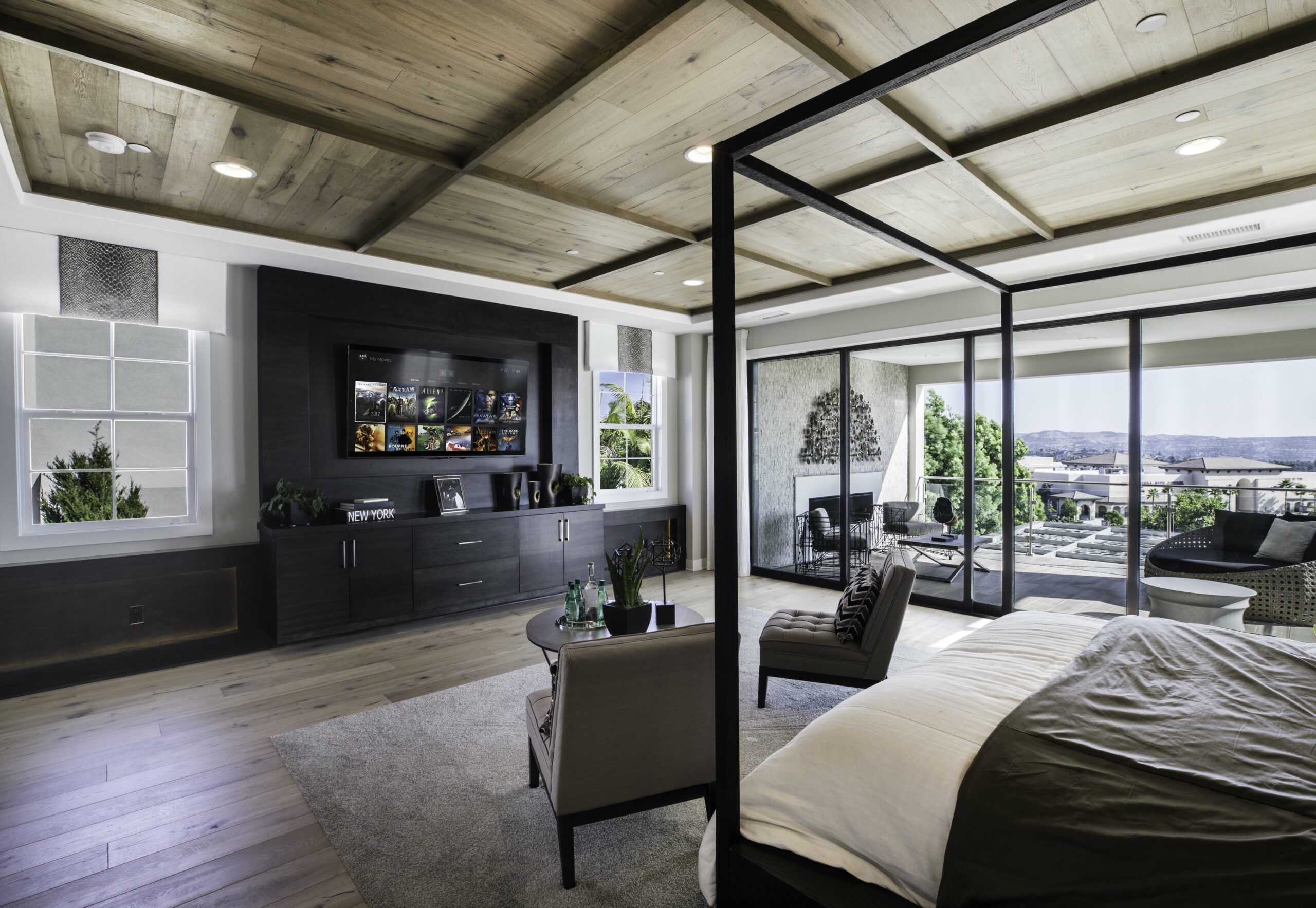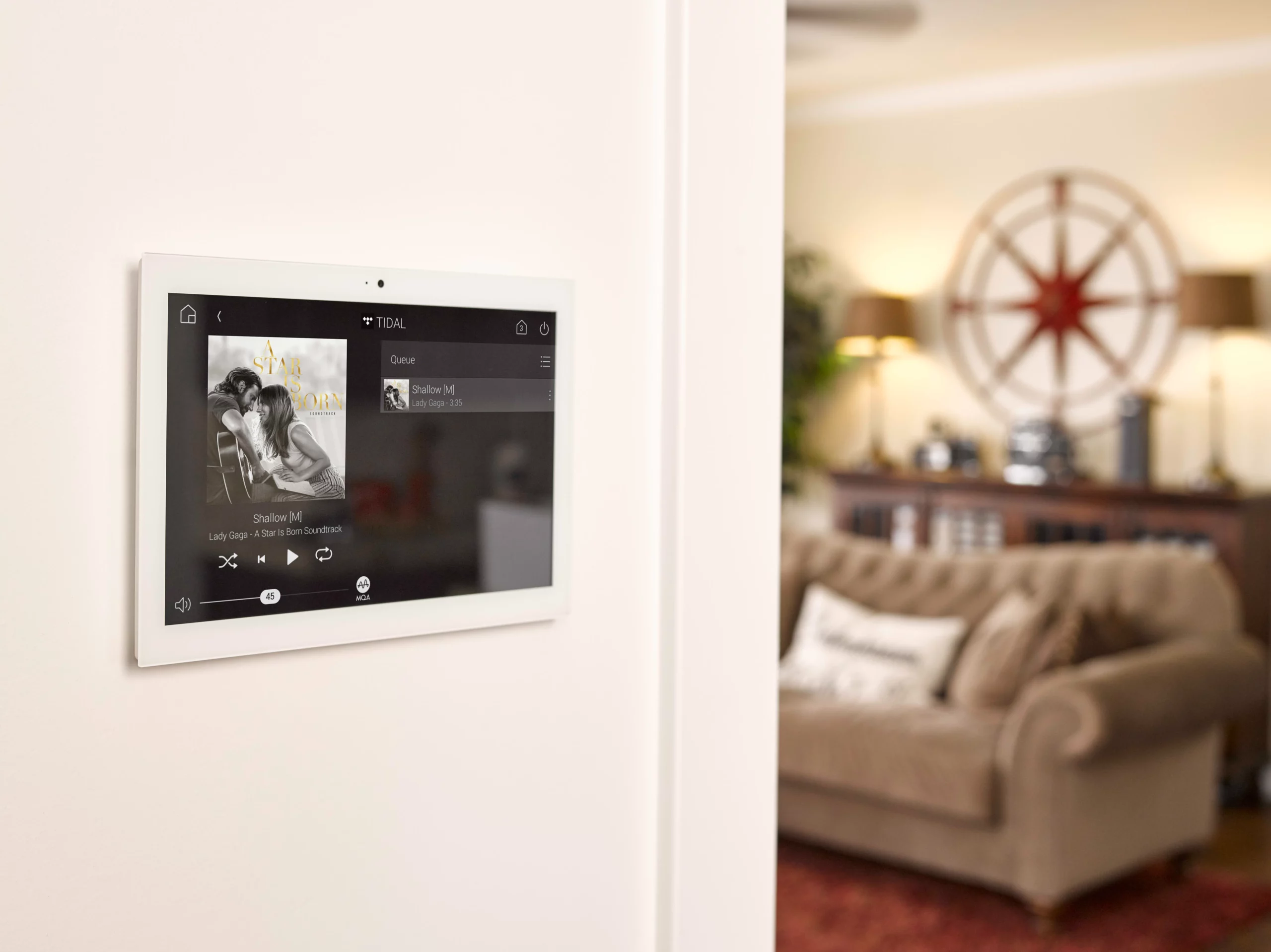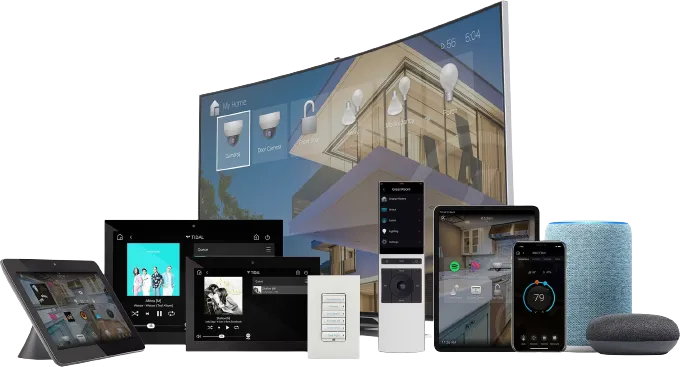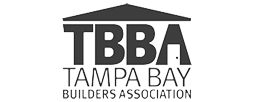Our team at Hive is dedicated to providing the latest in smart home automation solutions, ensuring your home is as intelligent as it is stylish. We tailor our systems to your needs, from lighting and climate control to security and entertainment.
Discover the future today with Hive's smart home systems. Our expert technicians bring the power of automation right to your fingertips, offering seamless control over every aspect of your home.
Are you looking to make your home truly smart? Join the smart living revolution with Hive, your trusted smart home automation company. Contact Hive to get a free quote!

























